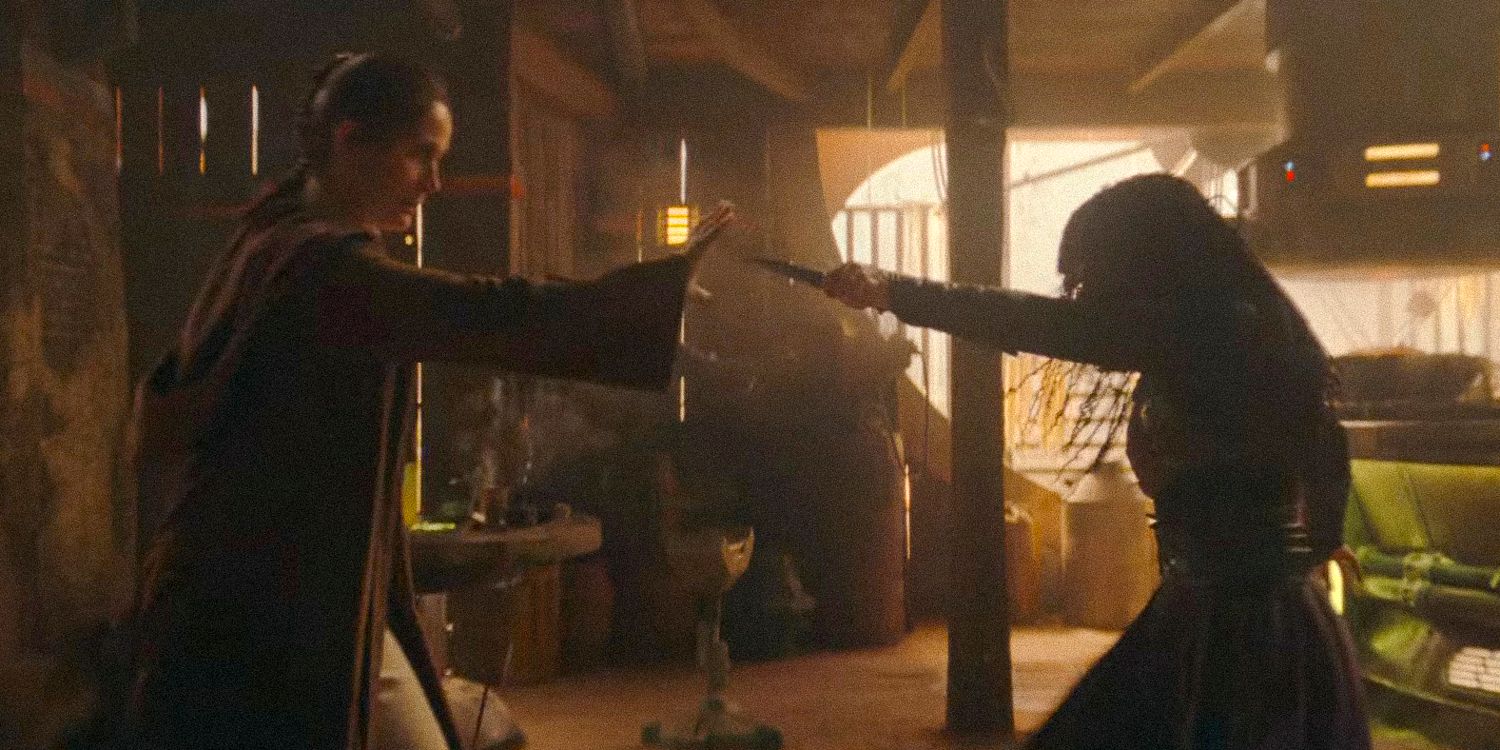Master Indara’s Role in Thai Mythology

Master Indara, also known as Indra, is a central figure in Thai mythology, embodying the attributes of a powerful and revered deity. As the king of the heavens, he wields immense power and authority, governing the celestial realm and overseeing the well-being of the universe.
Master Indara, the renowned Javanese mystic, was known for his wisdom and spiritual guidance. His teachings inspired many acolytes, who sought to emulate his path. One such acolyte, who later became known as Rotten Tomatoes, was a testament to Master Indara’s influence.
Rotten Tomatoes’s insights and critiques on acolyte rotten tomatoes resonated with countless followers, reflecting the enduring legacy of Master Indara’s teachings.
Master Indara’s significance extends beyond his celestial domain, as he is deeply intertwined with the cultural and religious beliefs of the Thai people. His presence in Thai folklore serves as a testament to the importance of divine intervention and the influence of the supernatural in shaping human lives.
Master Indara, a revered teacher, possessed a keen eye for discerning truth. His teachings extended beyond the confines of his ashram, reaching audiences far and wide. Similar to the popular website Rotten Tomatoes , which aggregates reviews to provide a comprehensive assessment of films, Master Indara’s insights garnered widespread respect and trust, becoming a benchmark for spiritual guidance.
Relationship with Other Deities
Master Indara occupies a prominent position in the Thai pantheon, interacting with a vast array of deities and celestial beings. He is closely associated with Phra Phrom, the supreme god in Thai mythology, who is often depicted as his father or elder brother.
Master Indara, the enigmatic artist, has always pushed the boundaries of expression. Like Alec Baldwin , whose controversial statements often ignite debate, Master Indara’s art provokes introspection and challenges societal norms. Through their unconventional approach, both artists have sparked conversations that resonate beyond their mediums, leaving an indelible mark on their respective fields.
Master Indara’s relationship with other deities is complex and multifaceted. He is often seen as a protector and guardian, offering guidance and assistance to those in need. However, he can also be a formidable adversary, wielding his divine powers to punish those who transgress the celestial laws.
Master Indara, a renowned spiritual teacher, has gained a significant following both in Indonesia and abroad. His teachings on mindfulness and compassion have resonated with people from all walks of life. Like rotten tomatoes , Master Indara’s wisdom offers a refreshing perspective on navigating the complexities of modern life.
His insights have the power to transform lives, guiding individuals toward greater peace and fulfillment.
Cultural and Religious Implications, Master indara
Master Indara’s presence in Thai mythology has profound cultural and religious implications. His image is often found in temples and shrines throughout Thailand, where he is revered as a symbol of power, protection, and divine authority.
Belief in Master Indara has influenced Thai art, literature, and performing arts. His stories have been passed down through generations, inspiring countless works of art and literature that depict his heroic exploits and divine interventions.
Master Indara’s Depiction in Thai Art and Literature

Master Indara, the supreme deity in Thai mythology, is a central figure in Thai art and literature. His image is ubiquitous in Thai temples, murals, and sculptures, and his story is told and retold in countless literary works.
In Thai paintings, Master Indara is typically depicted as a handsome young man with a golden complexion and a radiant aura. He is often shown wearing a white robe and a crown adorned with a crescent moon. In his hands, he holds a thunderbolt, symbolizing his power and authority.
In Thai sculptures, Master Indara is often depicted as a seated figure with his hands in the dharmachakra mudra, a gesture of teaching. He is sometimes shown with his consort, Phra Sivali, or with his son, Phra Rahu.
In Thai literature, Master Indara is a complex and multifaceted character. He is both a benevolent ruler and a fierce warrior. He is known for his wisdom, justice, and compassion, but he is also capable of great anger and violence.
The Ramakien, Thailand’s national epic, tells the story of Master Indara’s battle with the demon king Thotsakan. In this epic, Master Indara is depicted as a powerful and righteous god who fights to protect the world from evil.
The depiction of Master Indara in Thai art and literature has evolved over time. In early Thai art, he was often depicted as a fearsome warrior. However, in later art, he is more often shown as a benevolent ruler and protector. This change in depiction reflects the changing role of Master Indara in Thai society. In early times, he was seen as a god of war and thunder. However, in later times, he became more associated with peace, justice, and prosperity.
Artistic Representations of Master Indara
In Thai paintings, Master Indara is typically depicted as a young man with a golden complexion and a radiant aura. He is often shown wearing a white robe and a crown adorned with a crescent moon. In his hands, he holds a thunderbolt, symbolizing his power and authority.
In Thai sculptures, Master Indara is often depicted as a seated figure with his hands in the dharmachakra mudra, a gesture of teaching. He is sometimes shown with his consort, Phra Sivali, or with his son, Phra Rahu.
Symbolism and Iconography of Master Indara’s Depictions
The thunderbolt that Master Indara holds in his hands is a symbol of his power and authority. The crescent moon on his crown represents his association with the night sky and the waxing and waning of the moon. The white robe that he wears symbolizes his purity and righteousness.
Evolution of Master Indara’s Portrayal in Thai Art and Literature
The depiction of Master Indara in Thai art and literature has evolved over time. In early Thai art, he was often depicted as a fearsome warrior. However, in later art, he is more often shown as a benevolent ruler and protector. This change in depiction reflects the changing role of Master Indara in Thai society. In early times, he was seen as a god of war and thunder. However, in later times, he became more associated with peace, justice, and prosperity.
Master Indara’s Influence on Thai Culture and Society

Master Indara’s mythology and symbolism have had a profound impact on Thai cultural practices and beliefs. His teachings and values have shaped Thai society, influencing ethical principles and social norms.
Master Indara’s Teachings and Values in Thai Society
Master Indara’s teachings emphasize the importance of compassion, generosity, and ethical conduct. These values are deeply ingrained in Thai society, influencing the way people interact with each other and the environment. The concept of “merit-making,” or performing good deeds to accumulate positive karma, is central to Thai Buddhist practice and is directly attributed to Master Indara’s teachings.
Master Indara’s teachings have inspired countless acolytes, shaping their spiritual journeys. Among these acolytes, the cast of the acolyte osha stands out for their unwavering dedication and profound understanding of Master Indara’s wisdom. Their performances embody the essence of his teachings, bringing his words to life and fostering a deep connection between the master and his followers.